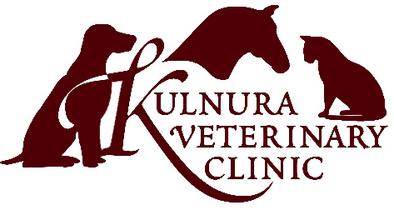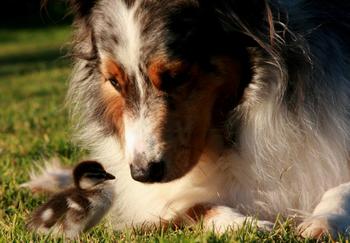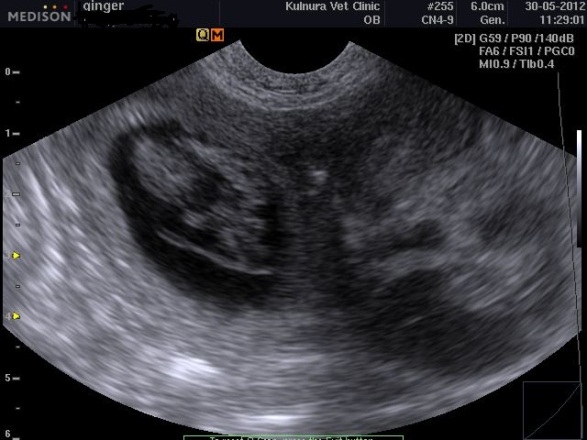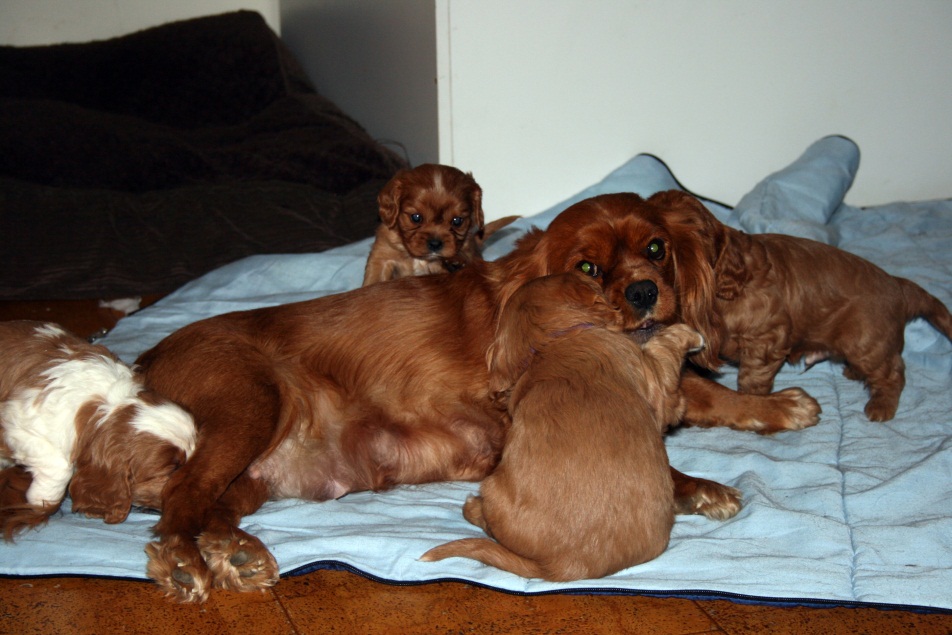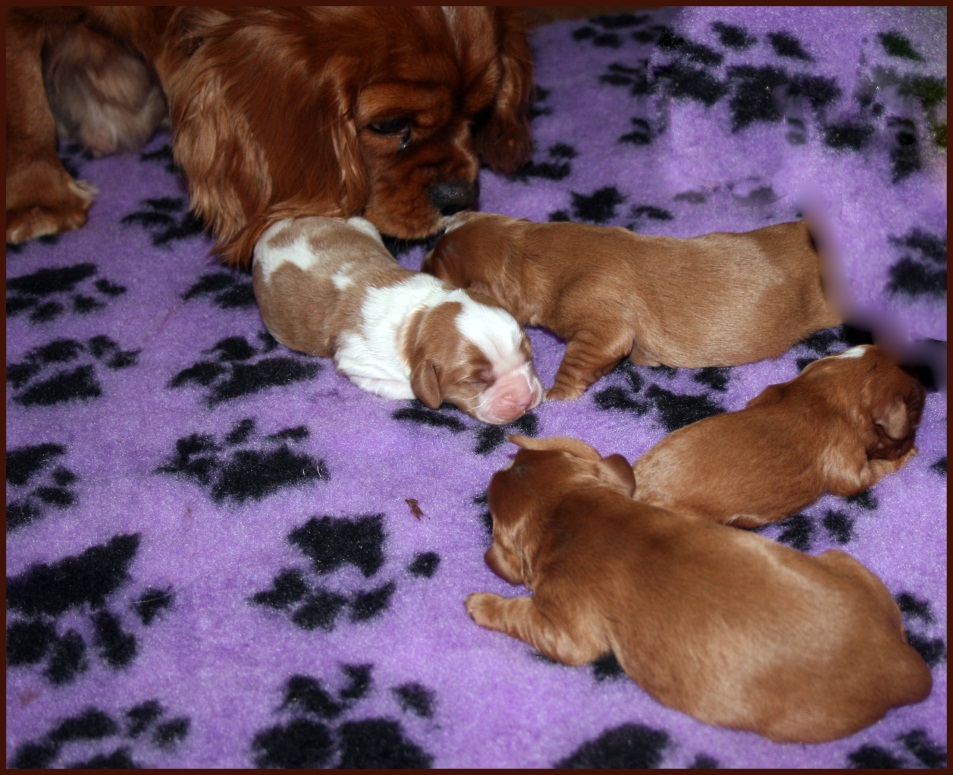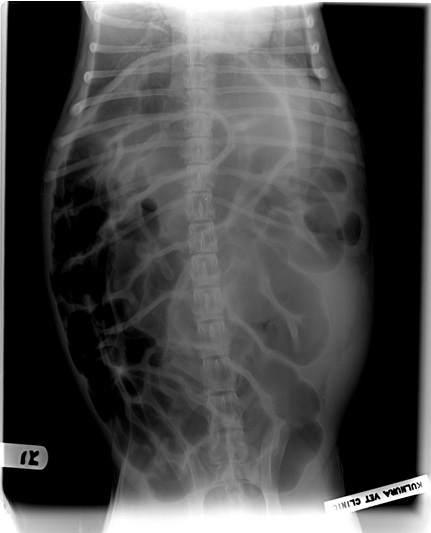HENDRA VIRUS:
It is a hot topic and is a serious one which we are going to mention. Hendra Virus appears to be spread by Flying foxes. it is spread to horses and can be picked up by humans. The link bellow is the DPI Website that discusses the virus in further detail and also gives information about current cases.
What to look for if you suspect Hendra Virus in your horse it is written that you should suspect Hendra Virus were the horses health deteriates some possible symptoms are:
- Possible fever
- Respiratory Symptoms
- Abnormal behavior
- Unexpected death
If any or some of these occur please feel free to call the Kulnura vet clinic or you can call your local Livestock Health and Pest Authority or the Emergency Animal Disease Hotline on 1800 675 888.
NEW PARAMYXOVIRUS IN PIGEONS IN VICTORIA:
As the Mountain area was ground zero for Newcastle disease not that long ago the outbreak of paramyxovirus in pigeons in Victoria is of great importance to us all.
CVO Bulletin to veterinarians 6 September 2011
BIOSECURITY BULLETIN
6 SEPTEMBER 2011
New paramyxovirus in pigeons in Victoria
A strain of Avian Paramyxovirus not previously found in Australia has been confirmed as causing deaths in a number of hobby pigeon flocks in Victoria.
The affected birds have died suddenly in large numbers (50-100%). Some have appeared tired or have shown neurological signs such as circling or head flicking before death.At this stage, there are no reports of this virus causing disease in other states including NSW, or in wild birds or other types of domestic or commercial birds.
A national Consultative Committee on Emergency Animal Disease (CCEAD) has met twice on this issue and government authorities are working closely with industry to minimise disease risks. The CCEAD has agreed to prioritise investigation of pigeon and other bird holdings where disease is suspected and to quarantine affected properties.
General information on paramyxovirus in pigeons outside Australia
The first signs are usually increased thirst and diarrhoea, loss of appetite, and reluctance to move and fly.
Nervous signs may develop early (before diarrhoea), and include: trembling of the wings and head, tumbling on landing, partial paralysis of the wings and legs and twisting of the neck (torticollis). In some cases, birds attempting to feed may be unable to pick up grain.
The majority of pigeons in a loft may show signs of the disease and a proportion of these may die. Those recovering from the disease may be left with some nervous signs. Others may have their racing ability affected.Similar symptoms are produced by other pigeon diseases e.g. herpes virus, salmonella, and poisons.
Factors which can lead to spread of disease include:
• Contact with infected birds (including strays or feral birds),
• Contact with contaminated travelling boxes or transporters that have not been cleaned and disinfected,
• Shared drinking water in lofts and transporters, and
• Virus carried on the clothes, hands and feet of loft visitors.
Advise the bird’s owner to keep all birds confined and not to sell or move birds to another flock until laboratory test results are available.
If disease is confirmed the premises will be quarantined and all bird movement restricted until animal health authorities are confident that the flock no longer poses a risk of infection.
Zoonotic implications
Avian Paramyxovirus may rarely infect humans who are in close contact with infected birds, resulting in mild, short-term conjunctivitis or influenza-like symptoms.
Note Chlamydia is a differential diagnosis in sick birds.
Biosecurity recommendations for pigeon fanciers
Anyone concerned about the health of their pigeons or birds should contact their veterinarian.
The main tools currently available to reduce the risk of spread to other lofts are good biosecurity and minimising contact with other flocks or birds. Until the situation in Victoria is clarified avoid trading, racing and showing. Introductions of new pigeons to existing loft should be avoided if possible.
Owners can protect their flocks by:
• Not taking birds to shows, fairs or race meets,
• Not trading or introducing new birds,
• Isolating and closely monitoring introduced birds or birds that have been to races or shows for 14 days (feed and water these isolated birds last and wash and change afterwards)
• Disinfecting equipment used to house, transport of feed or water birds from outside the flock or birds that have travelled to shows,
• Removing stray birds from lofts,
• Avoiding visitors to lofts,
• Disinfecting boots and washing hand and clothes after visits to other lofts.
Live and inactivated vaccines are registered for use in poultry to protect against Avian Paramyxovirus and veterinarians may prescribe these products for off label use in pigeons. No information is available about the efficacy of these vaccines against the strain of virus currently causing disease in Australian pigeons.
CVO Bulletin to veterinarians 6 September 2011
Further information
Further information on avian health may be found at:
http://www.dpi.nsw.gov.au/agriculture/livestock/poultry/health-disease
Ian Roth
Chief Veterinary Officer NSW
© State of New South Wales through NSW Department Primary Industries 2011.
Disclaimer: The information contained in this publication is based on knowledge and understanding at the time of writing (6
September 2011). However, because of advances in knowledge, users are reminded of the need to ensure that information upon
which they rely is up to date and to check currency of the information with the appropriate officer of NSW Department Primary
Industries or the user’s independent adviser
CASE STUDIES AND INFORMATION PAGE
 | ||||
Contact Us:
ph: 02 4376 1401
m: 0429 785 212
956 George Downes Drive
Kulnura
NSW 2250
Case Study
Ginger, the lucky Mum
Ginger is a delightfully typical bouncy 3 year old Cavalier King Charles spaniel. She was bought into the clinic in a less-than-bouncy state by her owner, Lisa. Not long after Lisa found and removed several ticks from Ginger, Ginger started displaying some of the classic signs of tick paralysis. She was having difficulty walking; her breathing was laboured and she was vomiting. Ginger had been mated 1 week earlier and was thought to be pregnant.
Ginger was admitted to the clinic and tick treatment initiated immediately once she had been fully assessed. Tick anti-serum was administered and Ginger was placed on intravenous fluids along with receiving nasal oxygen. Nursing staff continued to monitor Ginger and check for any further ticks.
By day the end of Day 1 there was now fluid present in her lungs. Ginger had aspiration pneumonia, a further complication of tick paralysis. Her breathing deteriorated. Her condition continued to be monitored as she received treatment.
On Day 2, Ginger seemed a little brighter, but was a long, long way from being recovered. Her pneumonia was causing concern as she continued to have difficulty breathing. Patients who suffer from tick paralysis often deteriorate after initially showing signs of improvement. This is, understandably, very distressing for owners. Lisa visited Ginger several times during the day to check her baby.
On Day 3 Ginger was showing further improvement. Her retching was almost gone, so she was offered a small amount of food, which she managed to keep down, along with a small amount of water. With these positive signs, and full instructions, Ginger was allowed to go home with Lisa for the night and return to the clinic the next morning.
When Lisa bought Ginger back the next day, her steady improvement continued. She was discharged into Lisa’s care and made a fully recovery.
Ginger’s pregnancy was miraculously not affected by the tick paralysis or its treatment. An ultrasound performed 3½ weeks after she went home confirmed the presence of 4 pups!
Ginger continued her recovery at home, and thanks to Lisa’s dedication & care, gave birth to 4 healthy full-term, pups.
Ruby Rose’s Tummy Trouble - case study
A young 5 month old Labrador pup, ‘Ruby Rose’ belonging to a KVC client was presented to the clinic after several days of diarrhoea and vomiting. Despite this, Ruby was bright and bouncy, like any other 5 month old pup.
An ultrasound was performed which revealed an intussusception. Intussusception of the intestines is a rare occurrence. Part of the intestine ‘telescopes’ back into another, causing a blockage, so food cannot pass through, compromising blood supply. In severe cases, where early detection has not happened, this blockage may be felt easily through the abdominal wall.
This is considered a surgical emergency, and Ruby was immediately referred to SASH, (The Small Animal Specialist Hospital) where Robin’s diagnosis was confirmed and emergency surgery performed.
Thankfully, Ruby went on to make a full recovery, despite requiring a second emergency surgery whilst at SASH. In Ruby’s case, had her owner ignored these symptoms & not sought veterinary attention, the outcome would have been sadly, very different.
